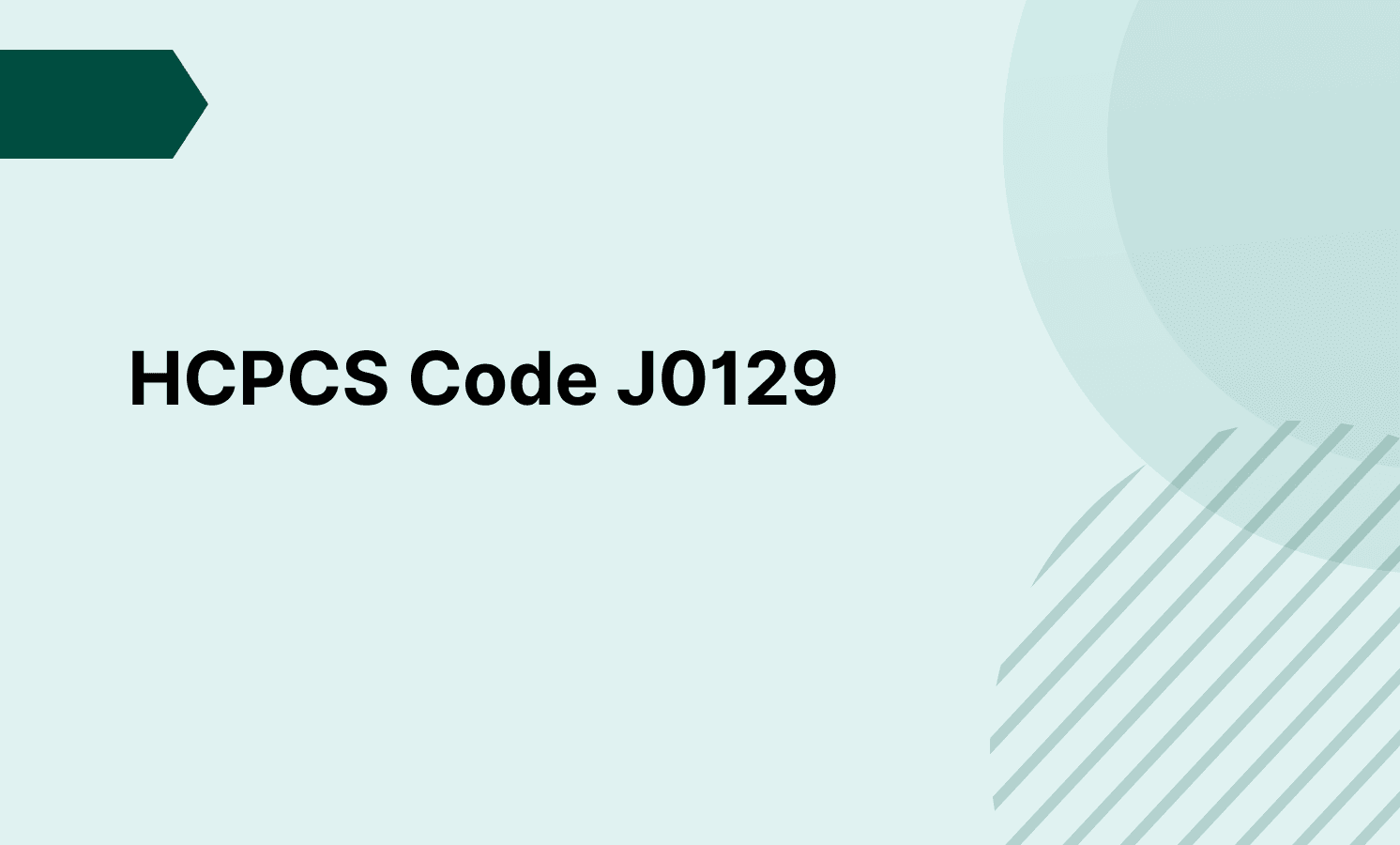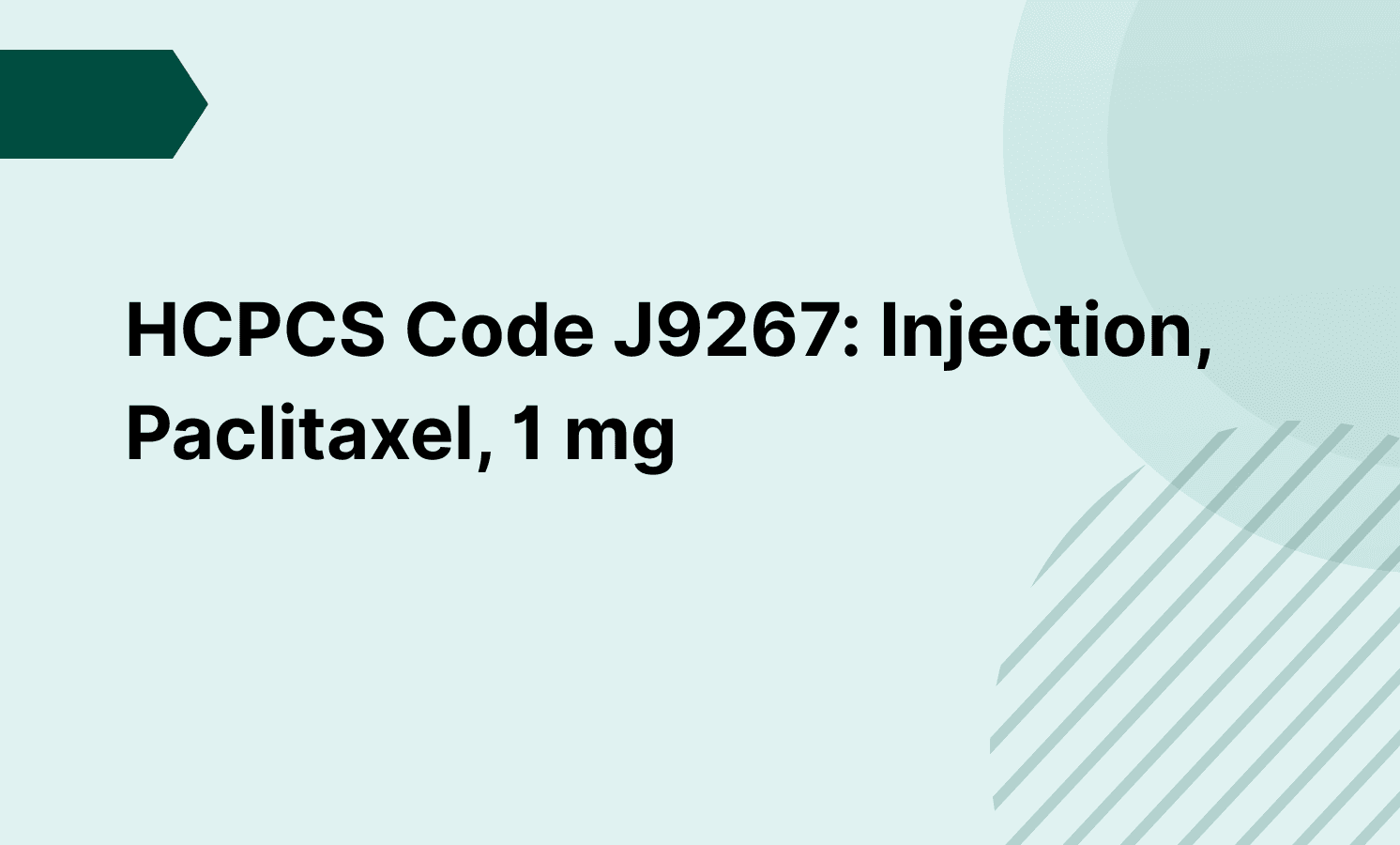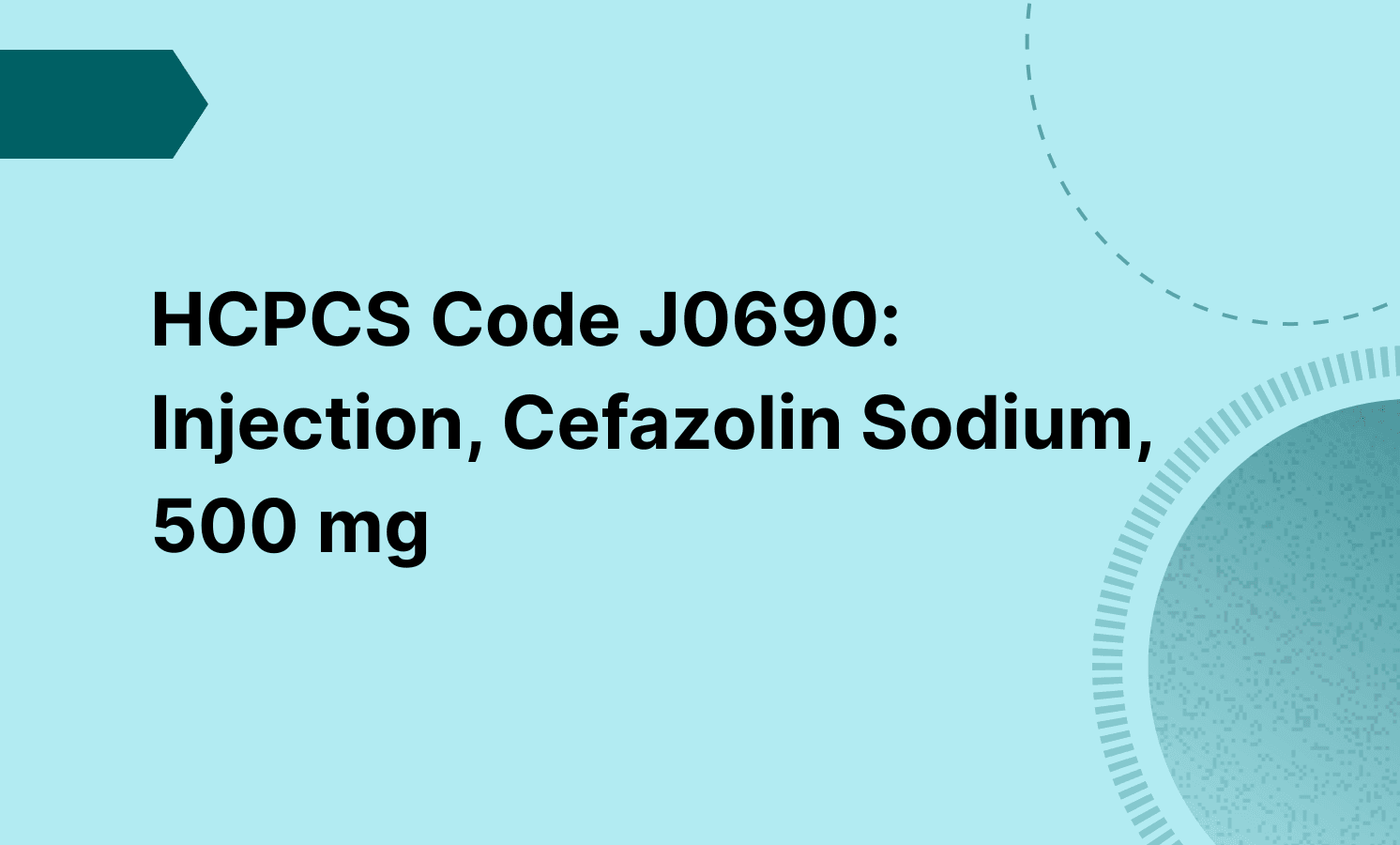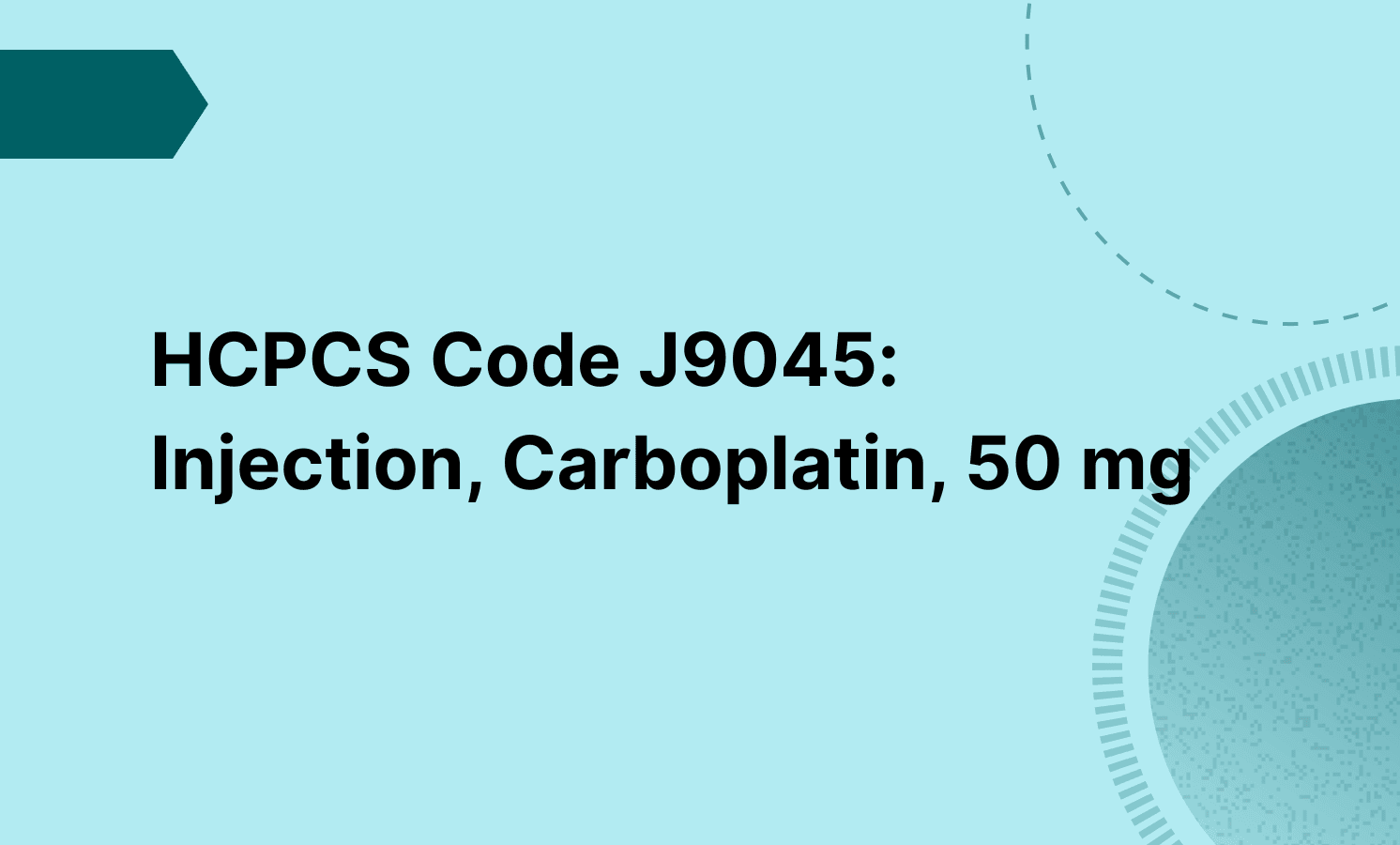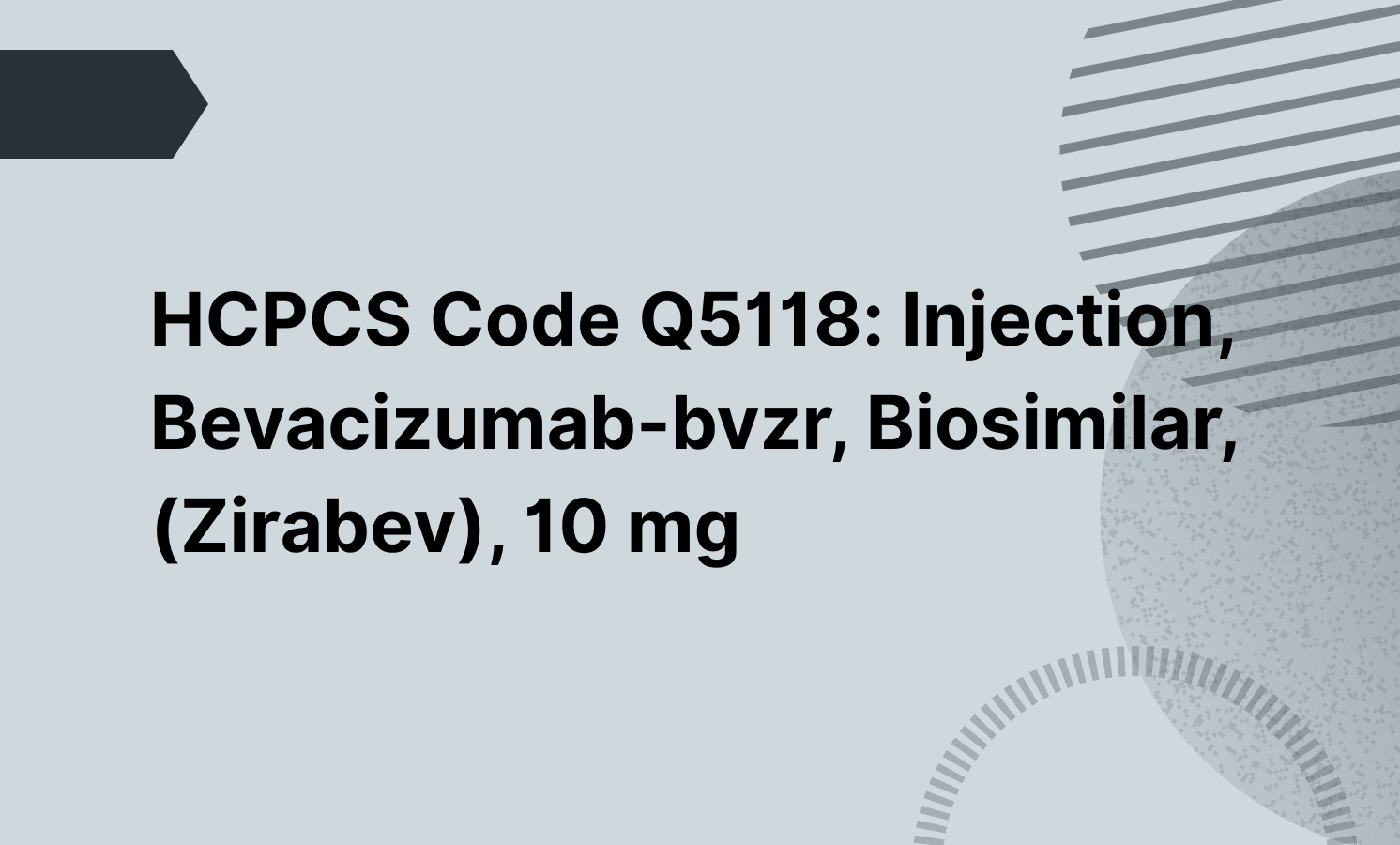Yes. If ultrasound or other imaging guidance is medically necessary and clearly documented, you may bill it separately using CPT code 76942. Check specific payer guidelines to confirm coverage.
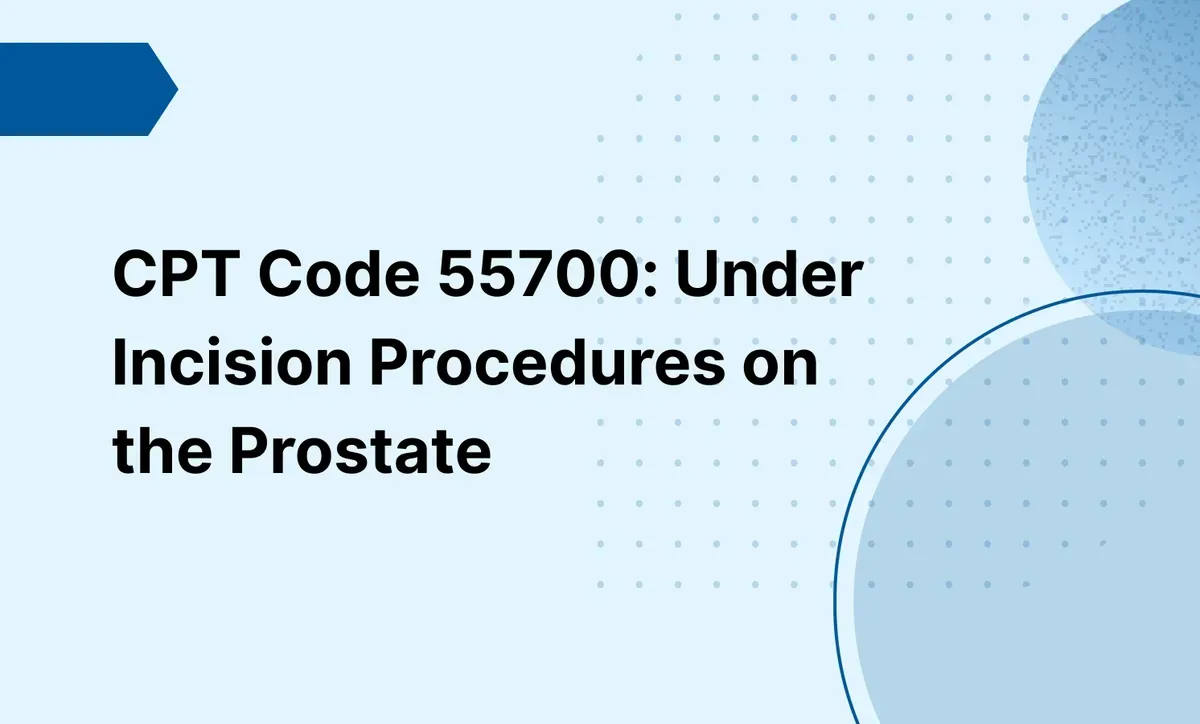
CPT Code 55700: Under Incision Procedures on the Prostate
Understand CPT code 55700 for prostate biopsies, including documentation, billing guidelines, related codes, and frequently asked questions.
Use Code
Frequently asked questions
Local anesthesia administered by the performing provider is included. Moderate sedation, general or spinal anesthesia performed by another qualified provider can be billed separately if properly documented.
Yes. Pathology interpretation can be billed separately per core using CPT code 88305 for each prostate core sample submitted. Verify payer-specific limits or restrictions on the number of cores billed per session.
EHR and practice management software
Get started for free
*No credit card required
Free
$0/usd
Unlimited clients
Telehealth
1GB of storage
Client portal text
Automated billing and online payments


